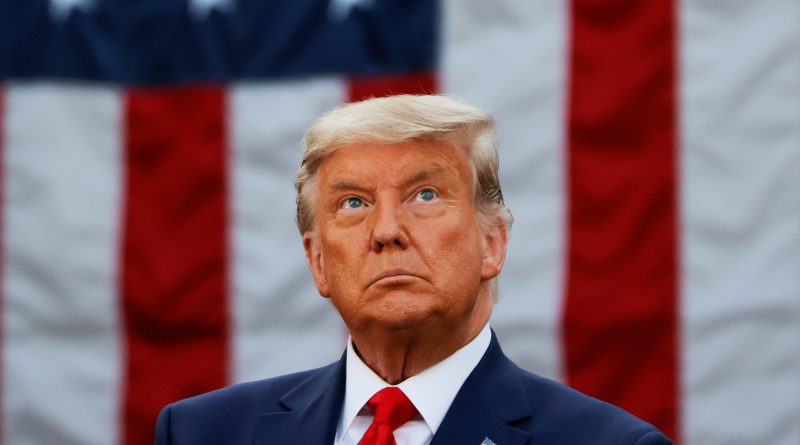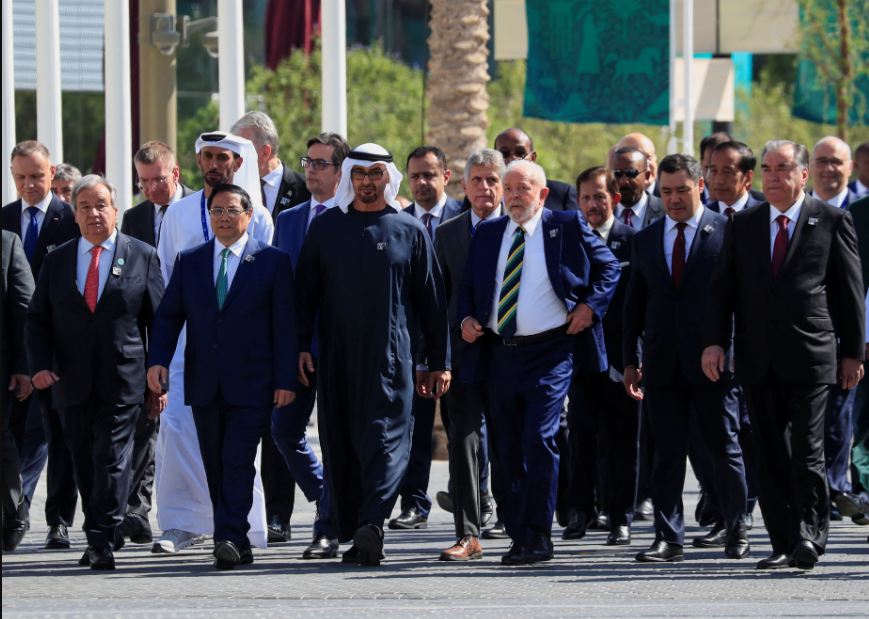Trump Halts Doubling of Tariffs on Canadian Metals After Ontario Suspends Electricity Price Hikes
Despite Trump’s reassurances, investors and business leaders remain wary of further trade escalations.
In a dramatic escalation and subsequent de-escalation of trade tensions between the United States and Canada, President Donald Trump on Tuesday threatened to double tariffs on Canadian steel and aluminum imports before ultimately pulling back following a concession from Ontario’s provincial government.
The White House had planned to impose a 25% tariff on all steel and aluminum imports starting Wednesday. However, in response to Ontario’s 25% surcharge on electricity exported to the United States, Trump announced he would raise tariffs on Canadian metals to 50%. The standoff was defused when Ontario Premier Doug Ford agreed to suspend the electricity price hikes following a direct call from U.S. Commerce Secretary Howard Lutnick.
White House trade adviser Peter Navarro confirmed that the U.S. would not proceed with the 50% tariff increase but maintained that the initial 25% tariffs on Canadian steel and aluminum would go into effect as planned.
A High-Stakes Trade Confrontation
Tuesday’s events underscored the volatility of Trump’s trade policies, with markets reacting sharply to the back-and-forth. The initial tariff threat sent stock prices tumbling before Ontario’s concession helped stabilize investor sentiment.
Trump justified his initial decision in a post on Truth Social, writing: “I have instructed my Secretary of Commerce to add an ADDITIONAL 25% Tariff, to 50%, on all STEEL and ALUMINUM COMING INTO THE UNITED STATES FROM CANADA, ONE OF THE HIGHEST TARIFFING NATIONS ANYWHERE IN THE WORLD.”
Premier Ford, addressing reporters later in the day, stated that he had spoken with U.S. officials and was confident that Trump would walk back the increased tariff threat. “He has to bounce it off the president, but I’m pretty confident he will pull back,” Ford said. “By no means are we just going to roll over. What we are going to do is have a constructive conversation.”
Economic and Political Fallout
The episode fueled further concerns about the impact of tariffs on both economies. Trump has consistently defended tariffs as a negotiation tactic, arguing that they encourage companies to relocate manufacturing to the United States.
However, economists warn that escalating trade restrictions could harm growth. Harvard University economist Larry Summers, former U.S. Treasury Secretary, placed the probability of a recession at 50%, while investment bank Goldman Sachs revised its 2025 growth forecast downward from 2.2% to 1.7%.
“The White House has the option to pull back policy changes if downside risks begin to look more serious,” Goldman Sachs stated in a research note.
Canada’s Retaliation and Political Response
In Canada, Prime Minister-designate Mark Carney responded defiantly, vowing to maintain retaliatory tariffs against American goods. “My government will keep our tariffs on until the Americans show us respect and make credible, reliable commitments to free and fair trade,” Carney said in a statement.
Canada had previously imposed $30 billion CAD ($21 billion USD) in retaliatory tariffs on a range of U.S. goods, including orange juice, peanut butter, coffee, appliances, footwear, cosmetics, motorcycles, and paper products. Further measures in response to Trump’s steel and aluminum tariffs are expected to be announced on Wednesday.
Trump’s trade disputes extend beyond Canada. He has also targeted Mexico with similar 25% tariffs, citing concerns over drug trafficking and illegal immigration. However, Mexican President Claudia Sheinbaum dismissed speculation that Mexico could face the same 50% tariff threat, stating, “No, we are respectful.”
Market Reaction and Business Concerns
The uncertainty surrounding Trump’s trade policies has led to volatility in financial markets. The S&P 500 fell 2.7% on Monday and declined another 0.8% on Tuesday, though losses were pared after Ontario’s reversal on electricity surcharges. The Dow Jones Industrial Average closed down 478 points, while the Nasdaq composite slipped 0.2%.
Trump has repeatedly used stock market performance as a gauge of his economic success. When he won re-election in November 2024, he declared that his presidency should be considered to have begun on Election Day rather than Inauguration Day to take credit for post-election market gains.
During a Q&A session with the Business Roundtable on Tuesday, Trump defended his trade policies. “The tariffs are having a tremendously positive impact—they will have, and they are having,” he told CEOs.
Despite Trump’s reassurances, investors and business leaders remain wary of further trade escalations. The president has also signaled potential tariffs on European, Brazilian, and South Korean imports, as well as on pharmaceutical drugs, copper, lumber, and computer chips.
Looking Ahead
As Trump continues to wield tariffs as a key tool in his economic strategy, businesses, consumers, and international trading partners face mounting uncertainty. With Canada and other nations preparing retaliatory measures, and with economic growth projections dimming, the full impact of Trump’s trade policies remains to be seen.
While Ontario’s decision to suspend electricity surcharges temporarily eased tensions, the broader trade conflict between the U.S. and Canada appears far from resolved.



